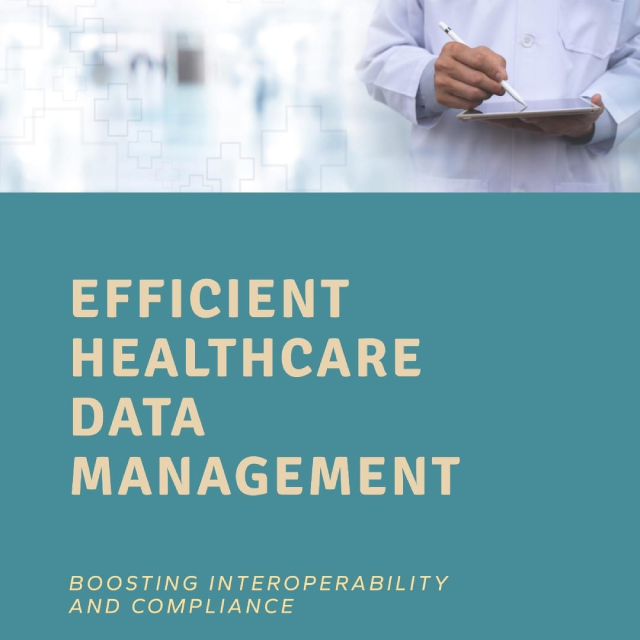Why MDM is crucial for healthcare companies:
1. Ensures accurate patient info across systems.
2. Boosts interoperability, enabling informed decisions.
3. Ensures compliance with regulations like HIPAA.
4. Enhances patient experience and operational efficiency.
5. Enables robust analytics, reducing costs and optimizing resources.
6. MDM is the backbone for reliable, secure, and efficient healthcare data management. #HealthcareIT #DataManagement #HealthTech 🏥💻
How to Implement MDM in Healthcare Data:
1. Define Data Governance Framework:
Establish clear policies for data ownership, quality, security, and compliance.
Designate roles and responsibilities for data stewardship and oversight.
2.Identify Master Data Domains:
Determine critical data domains like patient, provider, and facility information.
Clearly define data elements within each domain for consistency.
3. Data Profiling and Cleansing:
Conduct thorough data profiling to understand the quality of existing data.
Implement cleansing processes to rectify inaccuracies and inconsistencies.
4. Create a Centralized MDM Hub:
Establish a centralized MDM repository to store master data.
Ensure the hub connects seamlessly with various healthcare applications.
Implement Data.
5. Matching and Linkage:
Use advanced algorithms for accurate matching and linking of master data records.
Enable the system to identify and merge duplicate or related records.
6. Integrate MDM with Existing Systems:
Integrate MDM seamlessly with Electronic Health Records (EHR), billing systems, and other relevant applications.
Ensure real-time synchronization to maintain data consistency.
7. Enforce Data Quality Controls:
Implement quality controls to ensure ongoing data accuracy.
Set up validation rules and workflows to flag and address data issues promptly.
8. Establish Data Access and Security Policies:
Define access levels based on roles and responsibilities.
Implement robust security measures to safeguard sensitive healthcare data.
9. Provide Training and Support:
Train staff on MDM processes, policies, and tools.
Offer ongoing support and resources for effective implementation.
10. Monitor and Audit:
Regularly monitor data quality and integrity.
Conduct periodic audits to identify and rectify any emerging issues.
11. Scale Gradually:
Begin with a phased implementation, focusing on high-impact master data domains.
Gradually expand MDM capabilities to cover additional data domains.
12. Continuous Improvement:
Establish a feedback loop for continuous improvement.
Solicit input from end-users and stakeholders to enhance MDM effectiveness.
By following these steps, healthcare organizations can successfully implement Master Data Management, ensuring a unified, accurate, and secure foundation for their data. #HealthcareIT #MDM #DataManagement.


